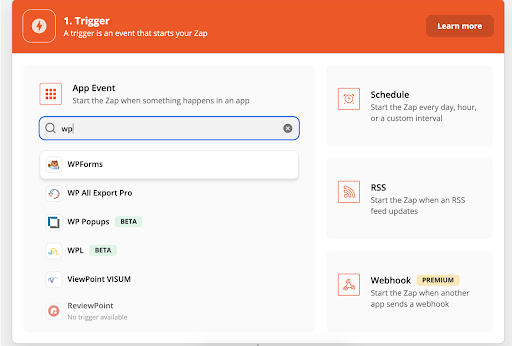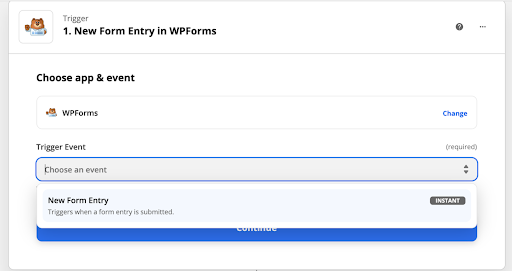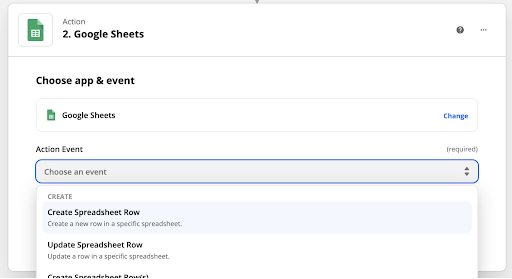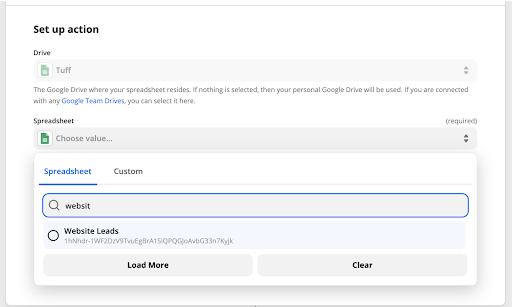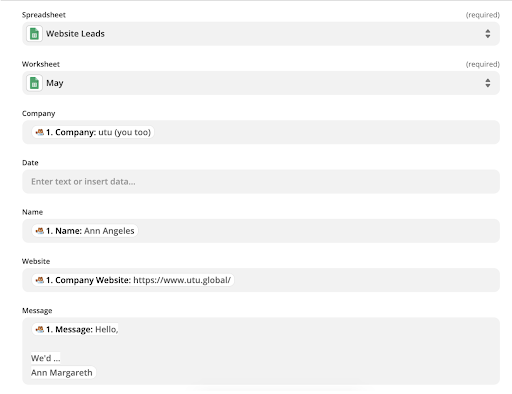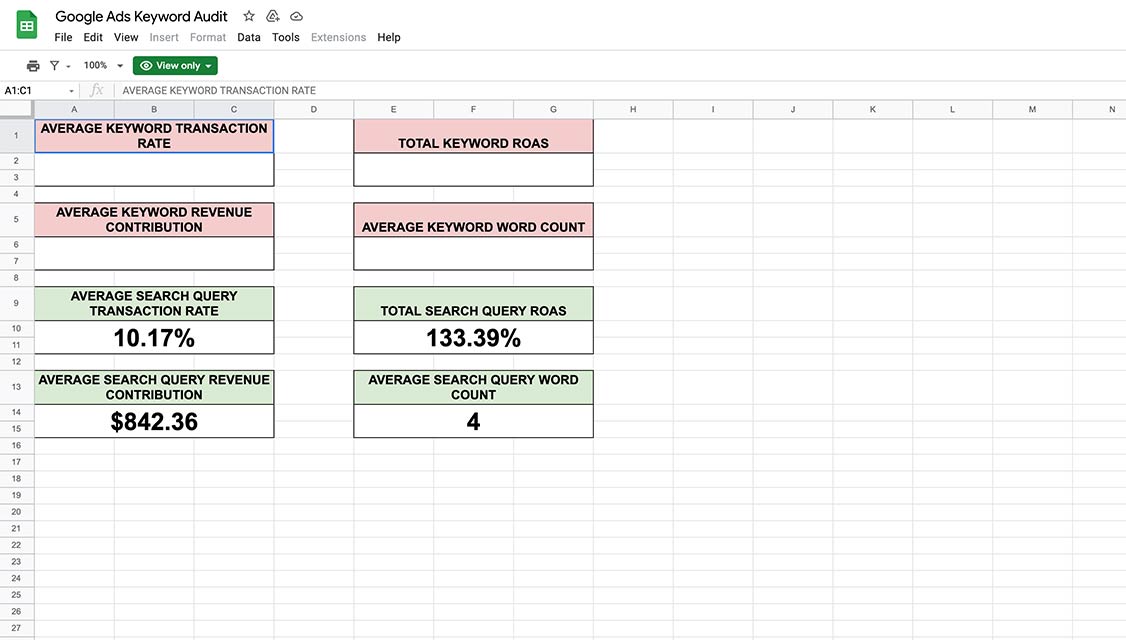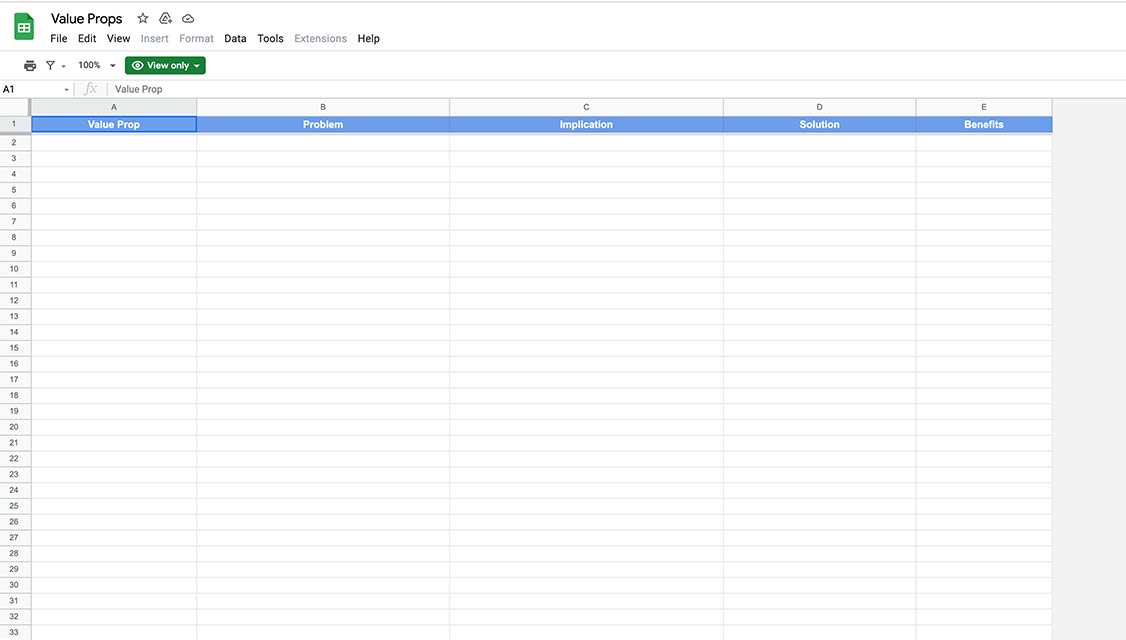CRM Spreadsheet Hack
Housing your website signup leads for b2b and b2c businesses doesn’t have to be complicated and doesn’t mean you automatically need to upgrade to an expensive email service provider (esp) or customer relationship management (CRM) software.
Take it from us at Tuff Growth. We don’t use a CRM or ESP to manage our inbound prospect leads but we also don’t spend time migrating information from lead forms to spreadsheets.
Our solution for a CRM is 100% free and utilizes tools that you likely already know about and some you might already use.
This solution isn’t for everyone. If you have over 100 leads coming in per day and need to send them down specific email drip funnel campaigns or assign them to specific sales managers, then a free CRM solution like Hubspot might be a better option for you.
For us, we have a manageable amount of leads come in through our website form each day and we either reach out to them should they look to be a good fit for our business or we do not. We also don’t have a full-service sales team and don’t plan to for the foreseeable future. All of our leads are 100% inbound generated and referral driven, which speaks to our dedication to SEO Content Strategy and doing great work for our existing clients.
To learn more about how you can create your own free CRM, let’s dive in:
At Tuff, our website is built on WordPress and we use the basic WordPress forms known as WPForms. Once a prospect enters their information into our form, then that person’s contact form information is sent directly to our Website leads Google Spreadsheet that is broken out by month.
The way that we send the form from WordPress Forms to our Google Sheets’ Lead Form is through a tool called Zapier which connects software APIs through no-code integrations.
To set up this particular Zap, you will need to have a Zapier account, access to your WordPress site, and access to your website lead form sheet.
Enter your email to download the process for setting up this Zap:
Step 1: Select WPForms as your trigger
Step 2: Choose the Trigger Event of New Form Entry
Step 3: Select the WP Account with which the form is associated. You’ll need to connect your WP Account to Zapier with API Keys if you haven’t done this before. Follow the steps to do so.
Step 4: Choose the form that you want to send submitted information from in your zap.
Step 5: Test trigger as instructed by Zapier and make sure information is correct in your test.
Step 6: Choose the action that you want to happen when someone submits a form. In this case, the action is Google Sheets.
Step 7: Choose your action event. For this zap, you’ll want to choose “Create Spreadsheet Row”
Step 8: Choose the Google Account associated with where your spreadsheet is housed.
Step 9: Choose the Google Drive associated with account that house the spreadsheet.
Step 10: Choose the Google Sheet that you want to send the submission data to.
Step 11 Optional: If there are tabs in your spreadsheet, then choose which tab you want to send the data to.
Step 12: Now that you’re connected to the correct spreadsheet then Zapier will pull in header information and you will need to select what information from the form goes in each header column.
Step 13: Test and review that your Zap is working correctly. This is a live test so Zapier will pull info from your latest submission on your WPForms over to Google Sheets. If it successful then you should see your submission updated in Google Sheets after you click test.
Step 14: Once your test returns a positive result, then click “continue” and turn on your Zap.
Note: You will need to refresh your zap every few weeks. If it stops working for some reason then go back through the steps and re-integrate your accounts to keep everything working smoothly.
See our other Spreadsheets
9. Google Ads Keyword Audit (Paid)
Use for: Efficiently auditing your PPC keywords & search queries to identify top performers based on ROAS.
11. Value Props Exercise
While it’s incredibly important to make sure you’re set up for success with budgets, projections, goals, and reporting, it all falls flat without putting in the legwork to really dig in and create smart, compelling value props.

